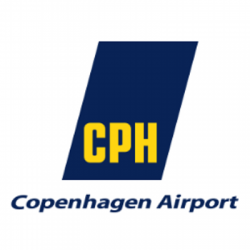
 Esben Kolind, Head of Operational & Business Analysis, Copenhagen Airports, Denmark
Esben Kolind, Head of Operational & Business Analysis, Copenhagen Airports, Denmark
Day 1 - 20 March
Session: Management & Operations
11:30 - 12:00 - New Schengen border regulations: scenario analysis and learnings
Synopsis: On 7 October 2017, new Schengen border regulations were introduced at Copenhagen Airport, demanding entry and exit checks of all passports from passengers crossing the Schengen border. Warned by the chaotic situations reported from other European airports adopting the regulations earlier in 2017, CPH made substantial preparations and evaluated multiple scenarios and solutions, both short term and longer term. This presentation will show how sensor data was used to simulate the effects and discuss the lessons learned after several months of operation.
Audience will learn:
- Creation and evaluation of multiple scenarios for the introduction of the new regulation
- Expected knock-on effects to other operational areas from longer waiting time at border control
- Preparations vs. reality: were queues as bad as expected?
Day 1 - 20 March
Session: Management & Operations
16:15 - 17:15 - Panel Discussion: Terminal flow management and the connected passenger
Synopsis: In recent years, airports have invested in numerous different technology solutions to track passengers and measure queue and dwell times throughout the different terminal processes. The audience and panellists will discuss how this data is being transformed into management information, and the techniques applied to improve terminal flow management. We will also discuss how personalised tracking data can be generated and shared with passengers for the next generation of connected passenger interaction.
Audience will learn:
- Using queue and dwell time for more than KPI reporting
- Methods for proactive passenger flow management
- Can and should we track individual passengers throughout the terminal?
- Can personalised tracking data connect the airport and airline directly to the passenger?
- What are the barriers to passenger personalisation?